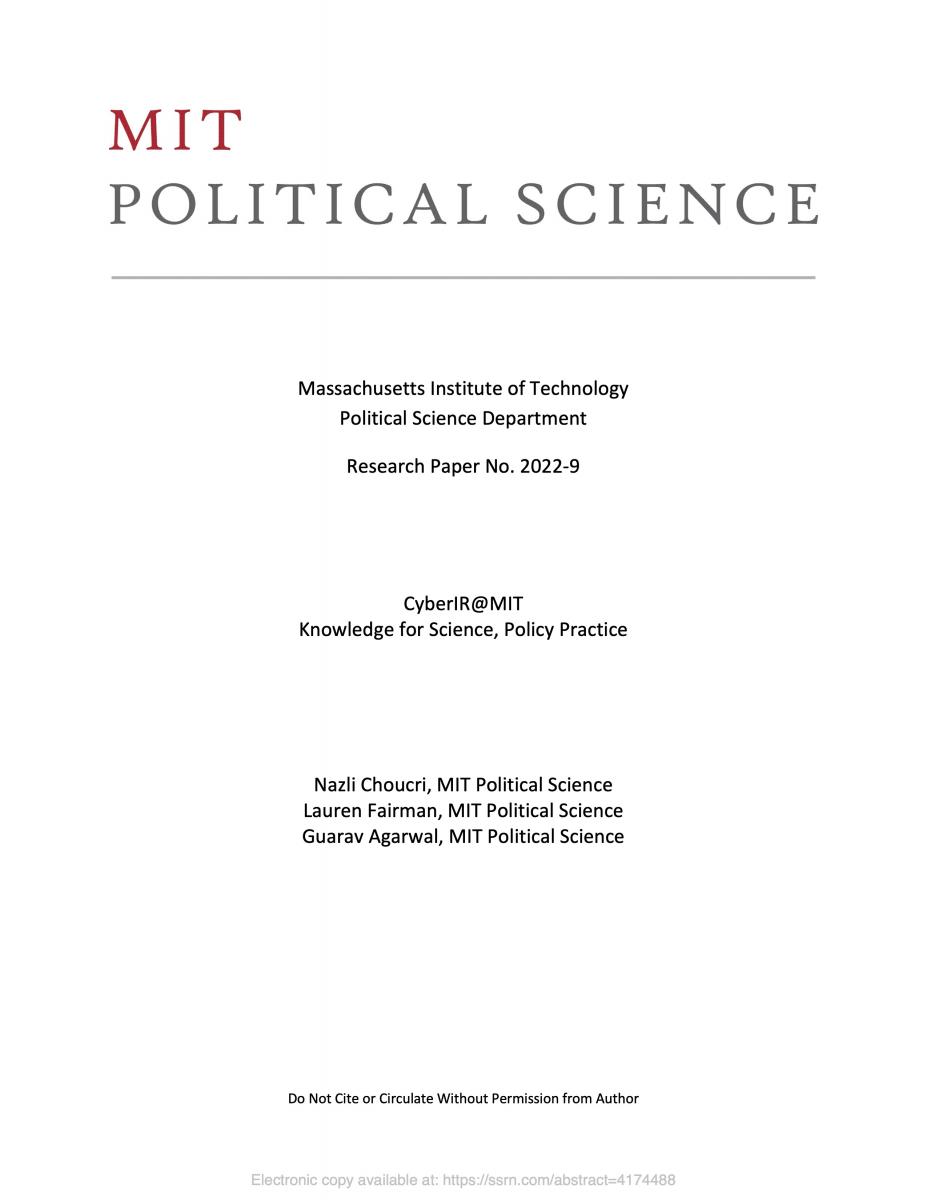URL:
Abstract:
This chapter of "NL ARMS: Netherlands Annual Review of Military Studies 2020" provides a comprehensive overview of the concept of cyber deterrence, its evolution over time, and its implications for national and international security. Similar to the concept of deterrence in traditional international relations, cyber deterrence refers to the use of defensive and offensive measures to prevent or deter cyber attacks and other forms of malicious cyber activity. The idea of cyber deterrence, then known as information warfare, first gained traction in the Department of Defense with the emergence of the World Wide Web in the 1990s. Information warfare at that time was dominated by targeted offense-defense models rather than deterrence or less direct methods of engagement. The authors argue that the current definition of cyber deterrence is much better developed, and present an updated cyber model of four common deterrence logics: (i) deterrence by denial, (ii) deterrence by punishment, (iii) deterrence by entanglement, and (iv) deterrence by de-legitimization.
The chapter also explores the potential for new forms of cyber deterrence, including the use of artificial intelligence and machine learning technologies, and the need for more integrated and collaborative approaches in the wake of more sophisticated cyber warfare. The authors assert that cyber deterrence must first consider the complex nature of modern cyber threats, and call for a comprehensive and nuanced understanding of the motivations and capabilities of potential adversaries, as well as a willingness to adopt innovative and adaptive strategies.
Year:
2020



